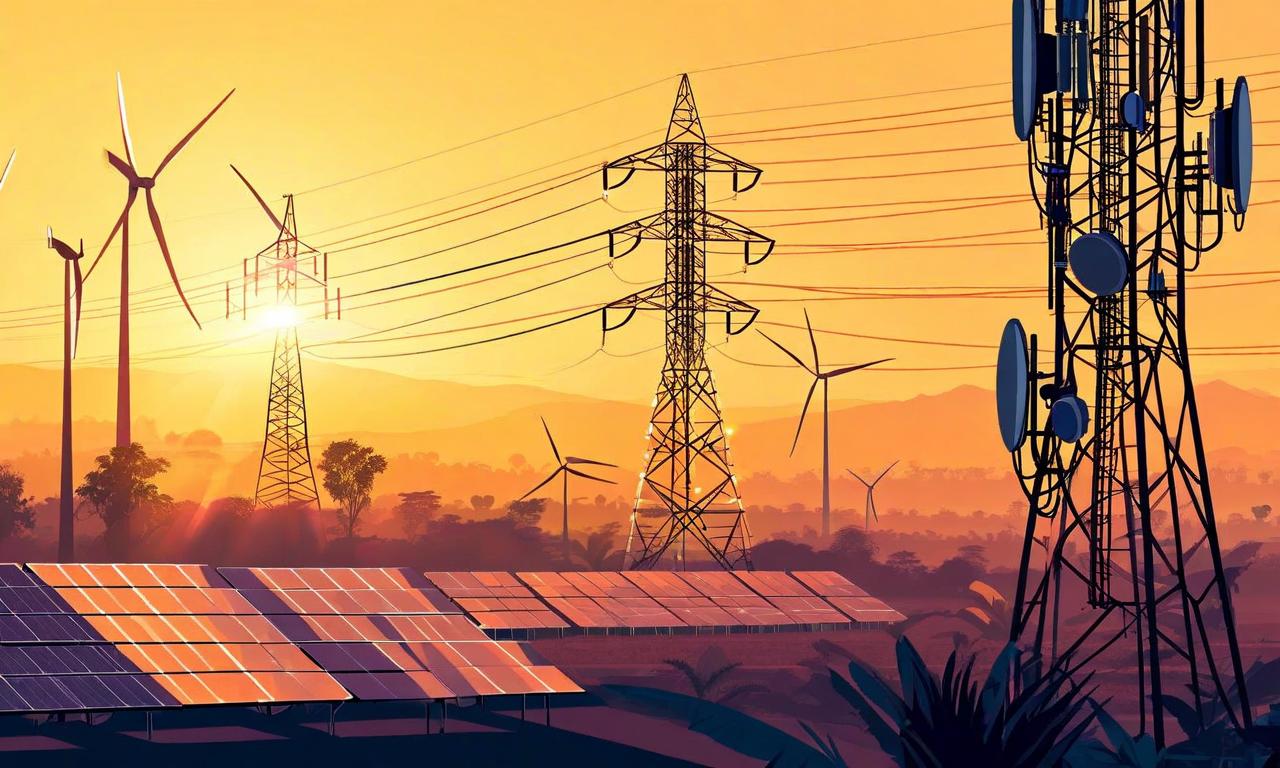Trump Narrows Federal Reserve Chair Candidates to Five Finalists
President Trump has shortlisted five candidates for the Federal Reserve Chair position. The finalists include current Fed Governor Bowman, St. Louis Fed Executive VP Waller, former Council of Economic Advisers Chairman Hasset, former Fed Governor Warsh, and BlackRock's Global Fixed Income CIO Rieder. The selection will have significant implications for U.S. monetary policy, potentially influencing interest rates, inflation targeting, financial regulation, and economic stimulus measures. The appointment requires Senate confirmation, and the decision will be crucial for shaping the U.S. economic trajectory.

*this image is generated using AI for illustrative purposes only.
In a significant development for the U.S. financial landscape, President Trump has narrowed down his list of potential candidates for the Federal Reserve Chair position to five individuals. This shortlist represents the final contenders being considered for one of the most influential positions in global finance.
The Final Five
The candidates who have made it to the final round of consideration are:
| Candidate | Notable Background |
|---|---|
| Bowman | Current Fed Governor |
| Waller | Executive VP at St. Louis Fed |
| Hasset | Former Chairman of Council of Economic Advisers |
| Warsh | Former Fed Governor |
| Rieder | Chief Investment Officer of Global Fixed Income at BlackRock |
Each of these candidates brings a unique set of experiences and perspectives to the table, potentially shaping the future direction of U.S. monetary policy.
Implications for Monetary Policy
The selection of the Federal Reserve Chair is a critical decision that can have far-reaching effects on the U.S. economy and global financial markets. The Chair plays a pivotal role in setting monetary policy, which influences interest rates, inflation, and overall economic growth.
The diverse backgrounds of the shortlisted candidates suggest that the administration is considering a range of economic viewpoints. This could lead to potential shifts in the Fed's approach to key issues such as:
- Interest rate management
- Inflation targeting
- Financial regulation
- Economic stimulus measures
Next Steps
As the selection process moves forward, market participants and economic analysts will be closely watching for any signals about the potential direction of future Fed policy. The final decision on the new Federal Reserve Chair will likely have significant implications for the U.S. economy and global financial markets in the coming years.
It's important to note that the selection of the Fed Chair requires Senate confirmation, adding another layer of scrutiny to the process. As such, the timeline for the final appointment remains to be seen.
This development comes at a crucial time for the U.S. economy, as it continues to navigate the challenges posed by the ongoing global economic landscape. The choice of the next Federal Reserve Chair will be instrumental in shaping the country's economic trajectory in the years to come.





























